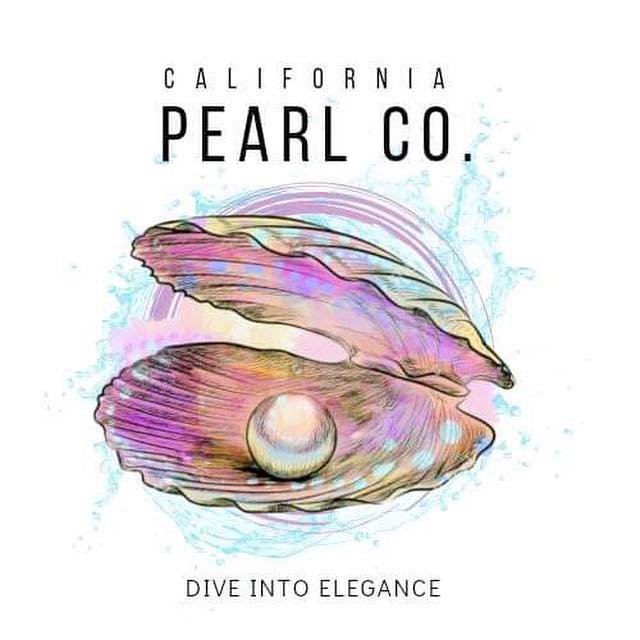Sustainability: The Key to a Cleaner Ocean and the Enchantment of Pearls

Understanding Sustainability and Its Impact on Ocean Health
Sustainability refers to the practice of utilizing resources in a manner that maintains ecological balance and supports the long-term health of the environment. In the context of ocean health, it encompasses a myriad of practices aimed at preserving marine ecosystems while ensuring that human activities do not compromise their vitality. One significant dimension of sustainability involves reducing plastic pollution, a pressing issue that has dramatically impacted marine life. Plastics, which can take hundreds of years to decompose, often end up in oceans, harming creatures such as turtles, fish, and seabirds through ingestion and entanglement.
Moreover, sustainable fishing methods are integral to maintaining the delicate balance of ocean biodiversity. Overfishing can deplete fish populations and disrupt the ecosystem, which is why responsible practices, such as catch limits and seasonal closures, are vital. These methods not only safeguard the fish stocks but also nurture the overall health of marine ecosystems, enabling various species to thrive and contribute to the ecological web.
In addition to fishing practices, protecting marine habitats is crucial for sustainability. Initiatives such as marine protected areas (MPAs) play a pivotal role in preserving essential habitats like coral reefs and mangroves. By restricting human activities in these zones, we can facilitate the recovery of ecosystems that support diverse marine life and enhance the resilience of our oceans against climate change effects.
The role of individuals, businesses, and governments is paramount in promoting sustainability practices. Public awareness campaigns can encourage responsible consumption and waste management, while businesses can adopt eco-friendly practices and innovate sustainable technologies. Governments are instrumental in creating policies that enforce regulations on pollution and fishing practices. Together, these cooperative efforts pave the way for healthier oceans, ensuring cleaner waters and a prosperous future for marine life and, consequently, for humanity as a whole.
The Allure of Pearls: A Symbol of Oceanic Beauty and Sustainability
Pearls have long captivated humanity with their exquisite beauty and unique origins. Formed within the protective mantle of mollusks, pearls emerge as a result of natural processes involving layers of nacre. This remarkable creation not only enchants with its luster but also carries significant cultural and historical value, often symbolizing purity, wisdom, and the ocean’s bounty.
The cultivation of pearls, primarily through pearl farming, has evolved into a sophisticated practice that emphasizes sustainability. Responsible pearl farming techniques are essential in ensuring the health of our oceans while producing these remarkable gems. Sustainable pearl farming methods focus on minimizing environmental impact, promoting biodiversity, and protecting natural oyster populations. For instance, some farms adopt integrated multi-trophic aquaculture systems, wherein various species are farmed together, enhancing ecosystem productivity while reducing waste and ecological footprints.
Moreover, sustainability extends beyond farming practices to encompass the protection of natural oyster beds, vital for maintaining oceanic health. These beds act as essential breeding grounds for various marine organisms, contributing to biodiversity and the overall balance of aquatic ecosystems. By safeguarding these natural habitats, pearl farmers play a crucial role in preserving the delicate marine environment.
Choosing sustainably sourced pearls not only reflects a commitment to environmental stewardship but also influences consumer choices within the jewelry industry. As awareness grows around sustainable practices, more individuals are seeking ethically sourced pearls, supporting a market that prioritizes ecological health. Thus, the allure of pearls transcends mere aesthetics; they stand as a testament to a harmonious relationship between humans and the ocean, reminding us of the beauty that can emerge from responsible practices.









